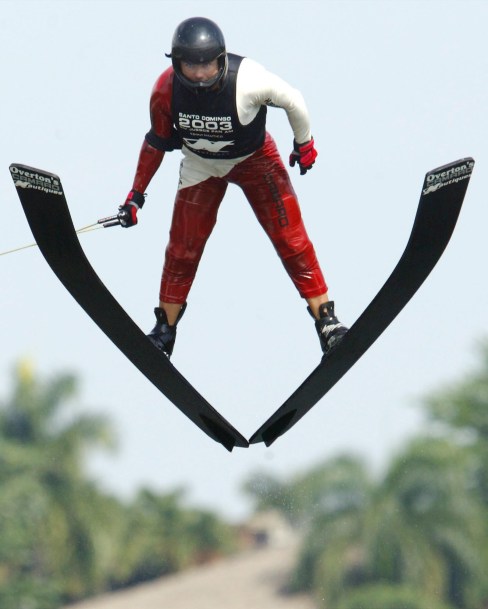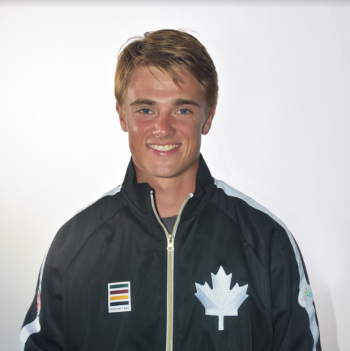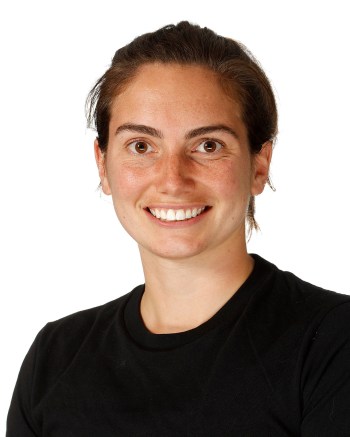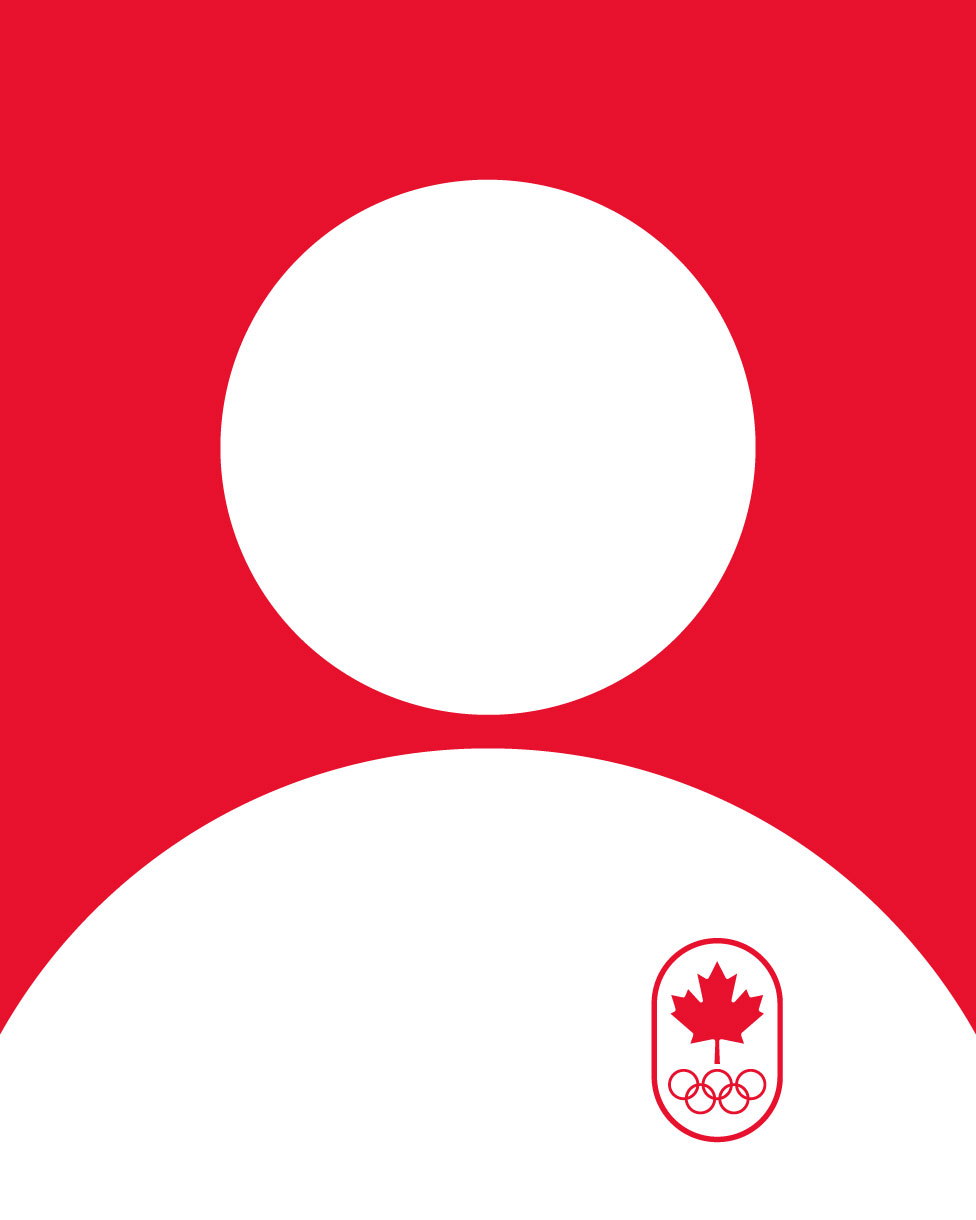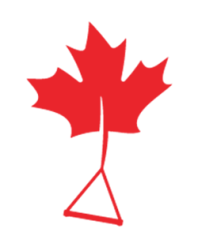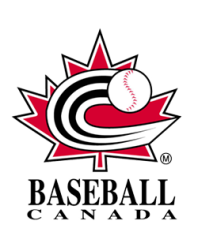Skiing from Florida to Mexico
Jaret Llewellyn of Innisfail, Alta. soars his way to the silver medal in men’s water ski jump competition at the 2003 Pan Am Games in Santo Domingo, Dominican Republic.
With the XVI Pan American Games coming up this October, a unique group of teams will represent Canada in Guadalajara, Mexico. All summer long, we profile the nine sports in which Canada competes only at the Pan American Games.
Some of Canada’s best athletes didn’t spend this past long weekend at the cottage. But that doesn’t mean they were missing out.
Members of the Canadian Water Ski and Wakeboard team, who all live in Florida, are busy preparing for their “Olympics” – the upcoming Pan American Games in Guadalajara, Mexico. The summer getaways of their youth have now resulted in full-fledged careers that often fly under the radar.
“It’s not just our biggest stage, but also one that we’ve performed well on,” said Ellen Barwise, Director of Sport for Water Ski and Wakeboard Canada. “For us, it’s really our time to get out to the average public who wouldn’t know that we are an event.”
Athletes compete in four different events: slalom, jump, tricks and wakeboard. In the slalom event, skiers must navigate around six buoys along a course and exit through the gate to continue. After each successful pass, the rope is made shorter to increase the difficulty. Athletes continue until failure or fall, with placement being based on number of buoys skied around. For jump, each athlete receives three attempts, with the longest jump determining placement. In the tricks competition, athletes submit a trick list and have two 20-second passes to successfully perform it. All tricks have a predetermined point value, and the cumulative score allotted is then tallied after both runs.
Wakeboard, on the other hand, is its own discipline. Each country is allowed to send only one wakeboarder – who are different athletes than the water skiers and have their own coaches. The scoring system is also more objective, as it is based on execution and composition.
Aside from the various rules, the athletes also need to be prepared to contend with the weather. Light rain and wind can alter the conditions of the run and even postpone it indefinitely. But Canada is confident they are well prepared.
“Our athletes are professional and they just adapt,” said Barwise. “In the end, we don’t focus on the weather. We know that if that’s that day they’re going to do it, they’re going to do the best they can in the situation they’ve been given.”
And they have. Canada has had an exceptional performance across the board since the sport was first accepted for competition. Over four Pan Am Games dating back to 1995, Canadians have won 27 medals, with 23 of them either gold or silver.
“The big key for us has been the longevity of our athletes,” explained Barwise. “We’re not putting money and time into our athletes for a four-year cycle. We’re looking for them to be in it for the long haul and once they’re done to turn them into coaches.”
Like many athletes, Canada’s water skiers grow up with the sport they love. Starting on lakes around the country, they honed their skills at the cottage, and never looked back. As a result, Water Ski and Wakeboard Canada continually reaches out to junior boys and girls, especially in cottage country, to get them started in the program.
The efforts have paid off. Among the durable veterans that Canada heavily relied on is eight-time gold-medallist and World Champion Jaret Llewellyn. The Innisfail, Alta. native is 40 years old, and has competed for Canada in all events at all four Games. His significance to the Canadian team was recognized at the 2003 Games in Santo Domingo, Dominican Republic, when he was named the country’s flag bearer. Currently rehabbing an injury, Llewellyn has not yet confirmed his participation for the fall but he is working towards a return.
Other familiar faces in the Canadian water skiing community include jumper Ryan Dodd and slalom skier Drew Ross. Ross has competed for his country since 1999 while Dodd has been on the roster since 2003. Each team is allowed to send four athletes – up to three of one gender, plus one wakeboarder. The Canadian team will be selected at the beginning of September, with a training camp in Florida or Guadalajara to follow shortly after.
With a record nine medals four years ago in Rio de Janeiro, Brazil, Water Ski and Wakeboard Canada is looking forward to more media attention – especially since there are those who still don’t know that they exist.
“That accomplishment (in 2003) for us was amazing alone for the publicity we got out of it and the recognition,” said Barwise. “If Jaret’s going, we’re looking for seven to nine medals again. People keep asking me if that’s an inflated number. It’s not.”

